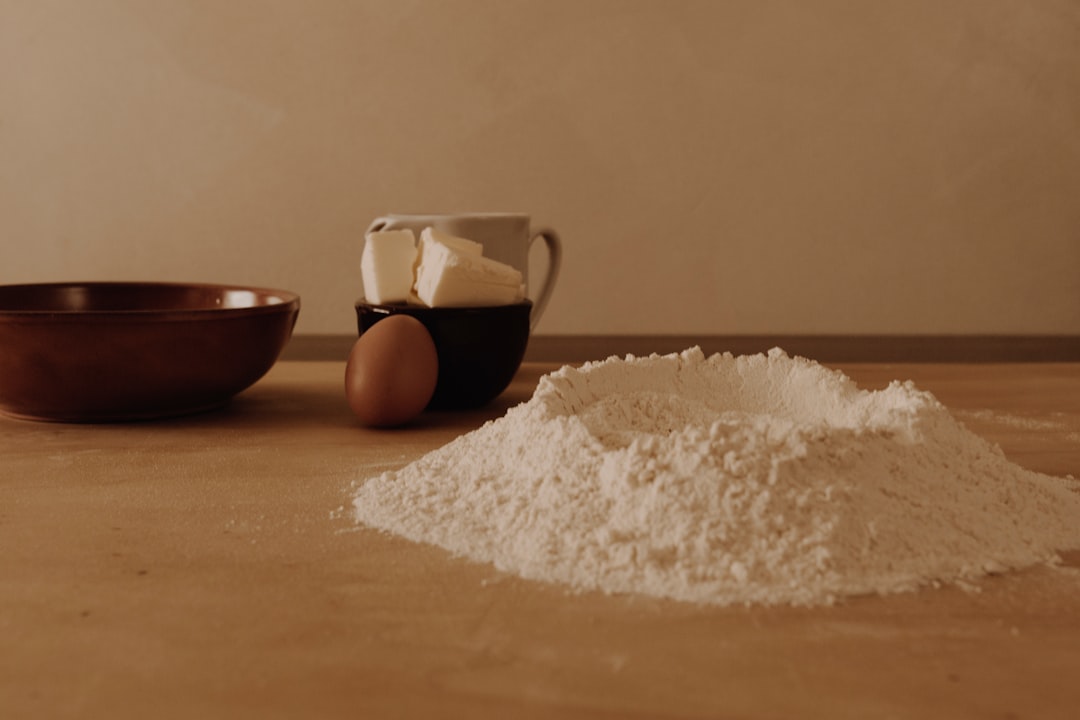What is it about?
The aim of this work was to improve the mechanical and water barrier properties of composite films prepared from potato starch and clays, plasticized with glycerol at different concentrations. The effects of hydrophilic clays were compared with that exerted by organically modified more hydrophobic clays. The antimicrobial activity of composites containing hydrophobic clays was also investigated.
Featured Image
Why is it important?
We have shown that it is possible to obtain starch composites that show moderate mechanical properties through an appropriate choice of clay and glycerol concentrations, and clays with some surface hydrophobicity could be very useful for this purpose, because they additionally show antimicrobial properties against gram-positive bacteria.
Perspectives
There is still a need to look for a way that would allow water vapor permeability of films prepared from biopolymers to be reduced. Among them, starch is a very promising raw material in view of their properties and for economical reasons. As the films from biopolymers are good nourishment for microorganisms, no less important is including antimicrobial factors/substances, which would limit the growth of microorganisms on the surface of food, into their structure.
Dr Hanna Staroszczyk
Gdansk University of Technology
Read the Original
This page is a summary of: Clay-filled starch films. Part I: Effect of clay kind and glycerol concentration on functional properties of composites, Starch - Stärke, May 2016, Wiley,
DOI: 10.1002/star.201500325.
You can read the full text:
Contributors
The following have contributed to this page










